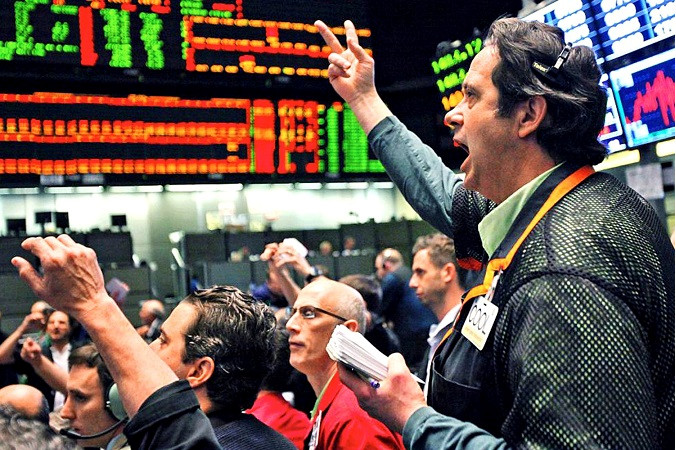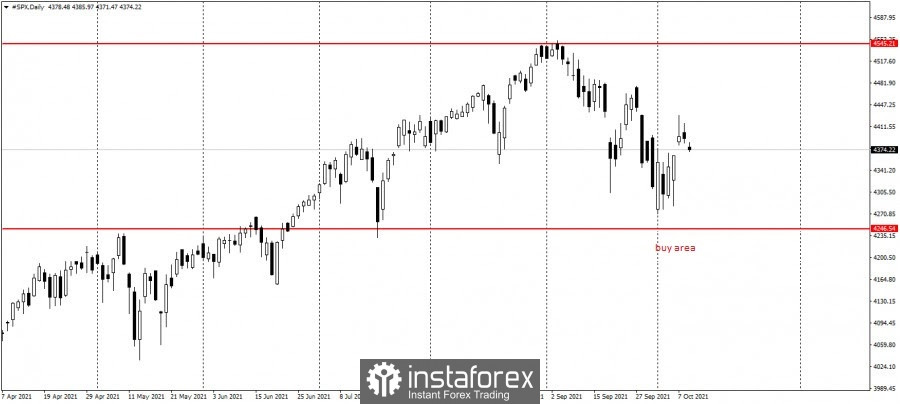
US stocks fell on Friday amid weak employment data. The S&P 500, for instance, posted a 0.23% decline after the report showed low job growth for September. This obviously lowers the chance of policy tapering by the end of the year. But it is unlikely to stop the potential cutbacks in bond purchases next month.

"We don't think this derails the Fed from tapering, and with labor markets still somewhat slack, tightening is still a long way away," said Jay Barry, head of JPMorgan's US government bond strategy.
On the bright side, the fall enabled investors to buy at the lowest prices, so the S&P 500 closed higher during the weekend.
But this will not change the fact that US employment continues to slow, signaling weakness in the labor market just as the Fed prepares to cut stimulus. The largest job loss was observed in the public sector, contrary to the leisure and hospitality industry, which nearly doubled.
"The industries that have seen really strong gains are in some of those that were particularly impacted by the pandemic," said Kestra CIO Kara Murph. "So things like leisure, hospitality, and retail."
Wage growth also slowed in September, after an upward revision of August data. Fortunately, the unemployment rate fell to 4.8% and the average hourly wage jumped.
As such, E * Trade Financial's managing director Mike Loewengart said: "Due to turbulence, it is unclear how the market interprets the data. On one hand it's a knock to our economic recovery, on the other, delaying Fed policy means the easy money era continues."
Other key reports are:
- trade balance in China;
- economic sentiment in Germany;
- open vacancies in the United States.
The material has been provided by InstaForex Company - www.instaforex.com